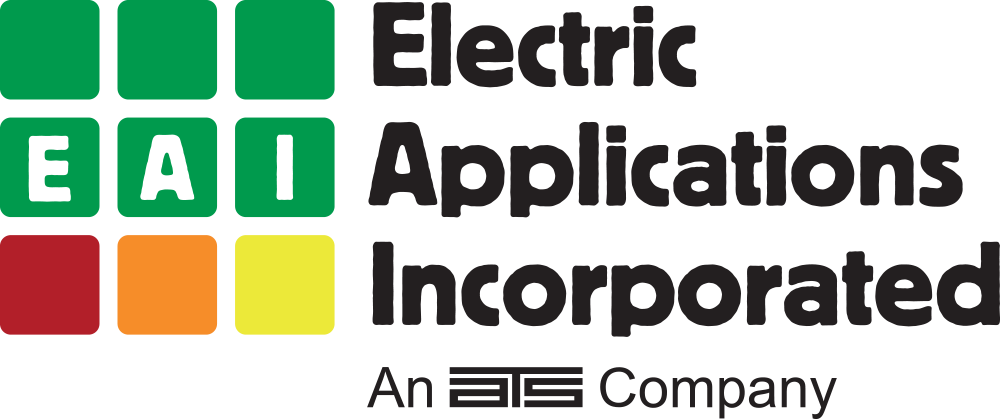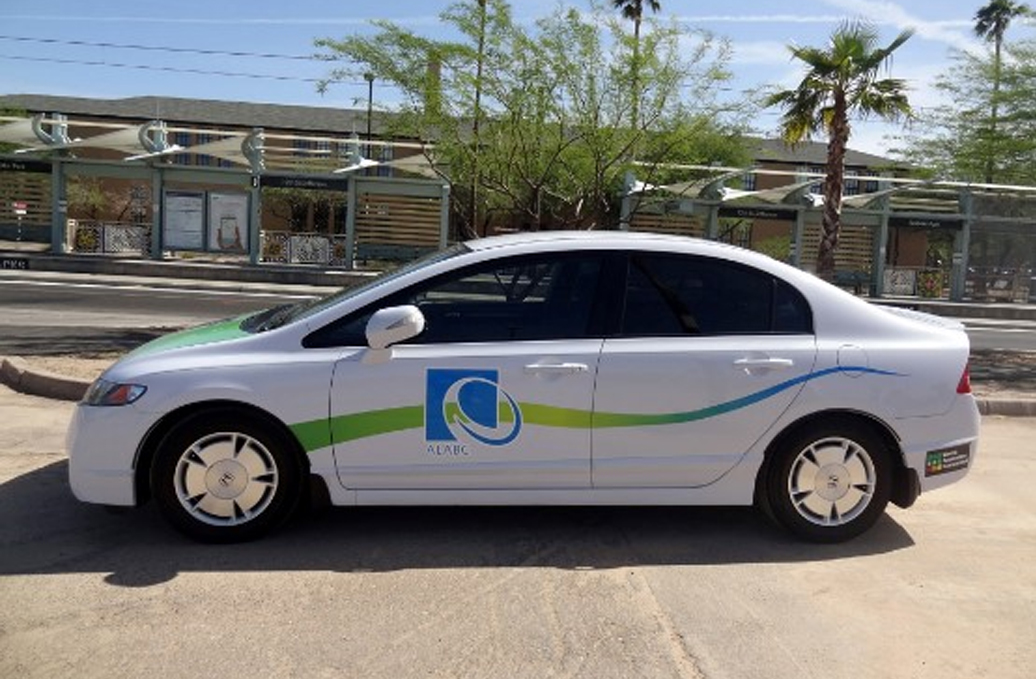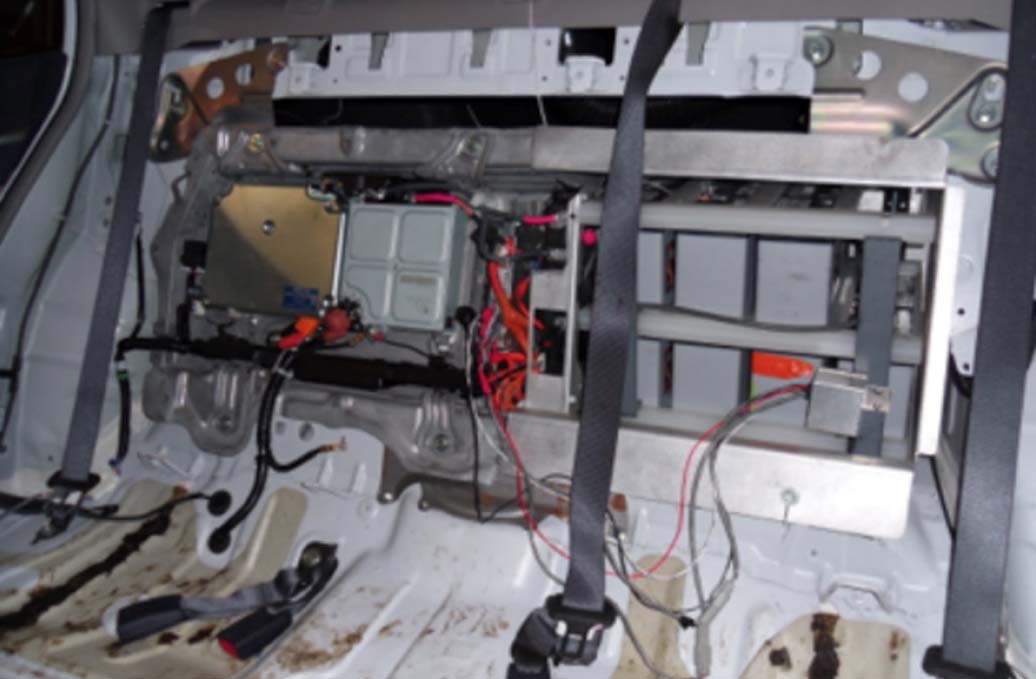Advanced Lead-Carbon Hybrid
With the population of HEVs increasing rapidly, the need for both low cost-replacement and original equipment manufacturer (OEM) battery packs for full, mild, and micro HEVs has become acute. Recent advances in lead-acid battery technology have resulted in the development of an lead-carbon battery which incorporates the properties of an asymmetric supercapacitor (also known as an ultracapacitor). Work conducted by the Advanced Lead Acid Battery Consortium (ALABC), Commonwealth Scientific and Industrial Research Organization (CSIRO), and The Furukawa Battery Co. (Furukawa) demonstrated very promising results for a version of this battery developed at CSIRO and branded as the “UltraBattery®.” A license to manufacture this battery in the United States has been secured by East Penn Manufaturing (East Penn), and they are currently manufacturing the UltraBattery at their facility in Pennsylvania.
Electric Applications Incorporated (EAI) personnel working under contract with the ALABC and the Idaho National Laboratory (INL) conducted extensive characterization of both the Furukawa and the East Penn UltraBattery. This work included life-cycle testing under a test cycle based data collected from the Honda Civic operating on a dynamometer on the Urban Dynamometer Driving Schedule (UDDS) and Highway Fuel Economy Test (HWFET) cycles. This UltraBattery life-cycle test simulates operation of the battery pack in a Honda Civic HEV and allows laboratory life-cycle testing of the UltraBattery to be completed on a time accelerated basis.
During laboratory testing of the UltraBattery, EAI personnel developed charge and discharge algorithms to maximize performance and life of the UltraBattery operating in a Honda Civic hybrid. Then, under contract with the ALABC and the INL, EAI personnel converted a 2010 Honda Civic hybrid from a nickel metal-hydride battery to a battery pack using fourteen UltraBattery modules manufactured by East Penn. After completing the initial conversion, the vehicle was tested in accordance with, and in cooperation with, the Advanced Vehicle Testing Activity (AVTA) of the US Department of Energy’s FreedomCAR and Vehicle Technologies Program.
A full vehicle baseline characterization was conducted on the converted Honda Civic HEV. This included a full dynamometer evaluation (e.g., measurement of fuel economy under standard driving schedules on the dynamometer) completed by Argonne National Laboratory (ANL). This approach allowed direct performance comparisons with the UltraBattery against the technologies used in the unmodified (nickel metal-hydride) HEV. In October 2011, the converted HEV was put into fleet testing in Phoenix, Arizona, under a wide range of driving conditions, and operated for 150,000 miles. After the completion of fleet testing, the UltraBattery pack was dismantled to measure end-of-test capacity of each individual module. Capacities of all UltraBattery modules were measured and indicated an average capacity loss over the 150,782 miles of operation of only 12%, validating both the operating algorithm developed in the laboratory and the battery life predicted by the laboratory life-cycle testing.


